How to Motivate Your Child to Read

As a pediatrician and mom of book-loving bilingual children, parents often ask, “How can I motivate my child to read? How do I get my kids to love books?”
Most parents know that reading is important for language development and general success. However, we’ve all heard our kids say, “I don’t want to read. I want to play!”
Research shows that parental encouragement is associated with a child’s reading motivation. The good news is that simple changes can greatly impact a child’s interest in reading. Here’s how to create an environment that inspires kids to fall in love with books.
Chalk Academy is reader-supported. Some of the links are affiliate links. When you buy something through an affiliate link, we may earn a very small commission at no cost to you. Details here.
How to motivate your child to read
When an environment supports reading, a child will be more likely to ask and reach for books. Some children will need more encouragement than others, and that’s okay!
Each of these strategies encourages strong and smart reading habits. See which ideas resonate most with your child and family.
1. Simplify your home
Look around your home from the eyes of a child.
Do you notice any books?
Books will be more easily noticeable if you can declutter the child’s playroom and bedroom. With fewer options, children will be more able and motivated to focus and read books.
Of course, play is vital. While educational toys can teach important skills, excessive options can be distracting.
Explore this: How We Transformed Our Play Area / Homeschool Room – Before and After Guide
2. Turn off the TV and iPad and put away your cell phone
Pediatric studies show that more screen use is associated with less time reading.
Books cannot compete with a TV or computer, and screen time has negative short and long-term effects on neurodevelopment.

In Silicon Valley, parents in the tech industry are wary about letting their children use these addictive devices.
As role models, caregiver screen use can affect a child’s reading motivation. If parents spend most of their time watching YouTube shows and playing computer games, children may be inspired to do the same.
3. Show off the front cover of books
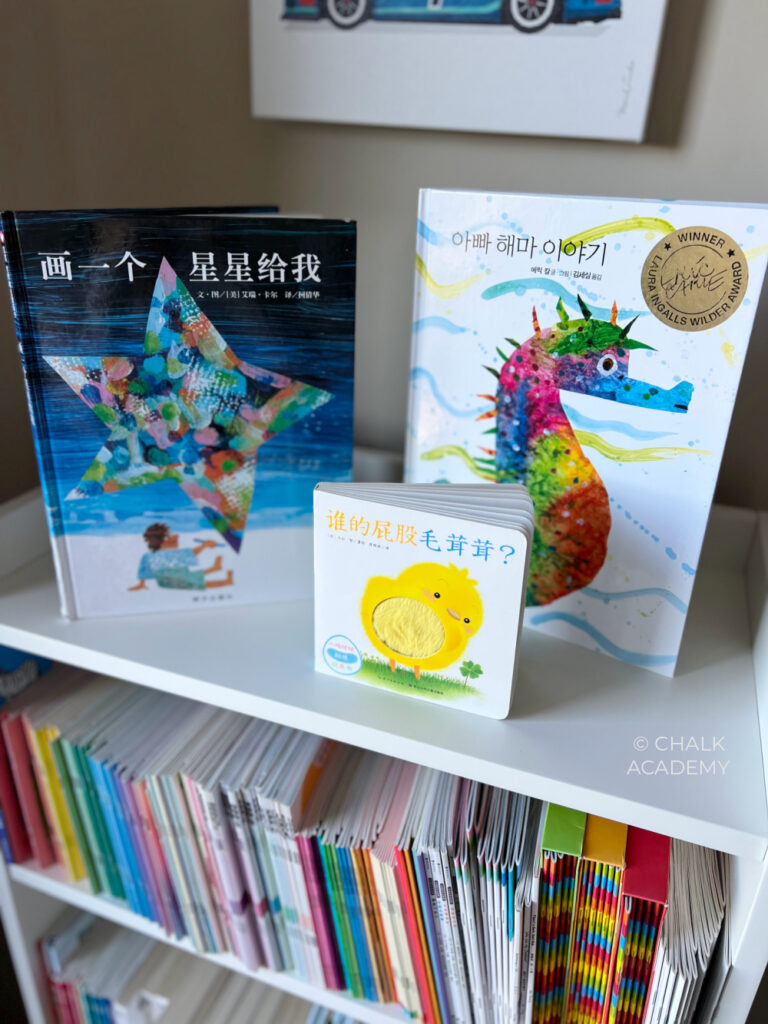
Have you ever noticed grocery stories have sugary cereals on the lower shelves? You can use the same tactics with books. Make books noticeable by placing them at eye level with the front cover visible.
Despite the age-old advice, “Don’t judge a book by its cover,” kids absolutely do. And that’s a good thing.
The more noticeable a book, the easier it is to get excited about it.
Bonus: Children can learn to read words in various languages by looking at book titles.
If you don’t have front-facing bookshelves, make books accessible in baskets, on a ledge for toddlers, or atop a bookshelf for older kids.
4. Read with your child every day
Each day, set aside reading time for at least 15 to 20 minutes is part of the daily routine. If you have older children, allocate more time for longer books.
According to research, reading aloud to children is the most important activity that improves language development and promotes literacy skills.
For many families, storytime is saved for the end-of-the-day bedtime ritual. If your child would rather do anything than sleep, use this to motivate your child to read. Ask your child, “Are you ready for bed, or would you like to stay up to read two more stories?”
5. Offer a variety of books to encourage reading
There’s no such thing as a kid who hates reading. There are kids who love reading, and kids who are reading the wrong books.
James Patterson
Children are more likely to find an interesting book when they have options. Explore options at your local library and build a kid-friendly library at home. Enlist the help of your librarian; share your child’s interests so the librarian can round up a motivating list of exciting books on the topic.
In addition, variety is necessary to expose children to perspectives they might not have personally experienced.
Forget the myth that picture books are for little kids; they are great for all ages. Graphic novels can also help reluctant readers fall in love with books.
Books by different authors also expose children to different sentence structures and styles.
For example, due to the relatively homogeneous community that we live in, both of my children are exposed to diversity mainly through books.

Explore this: Chinese Books for Kids Organized by Type and Level
5. Turn to stories for answers and support
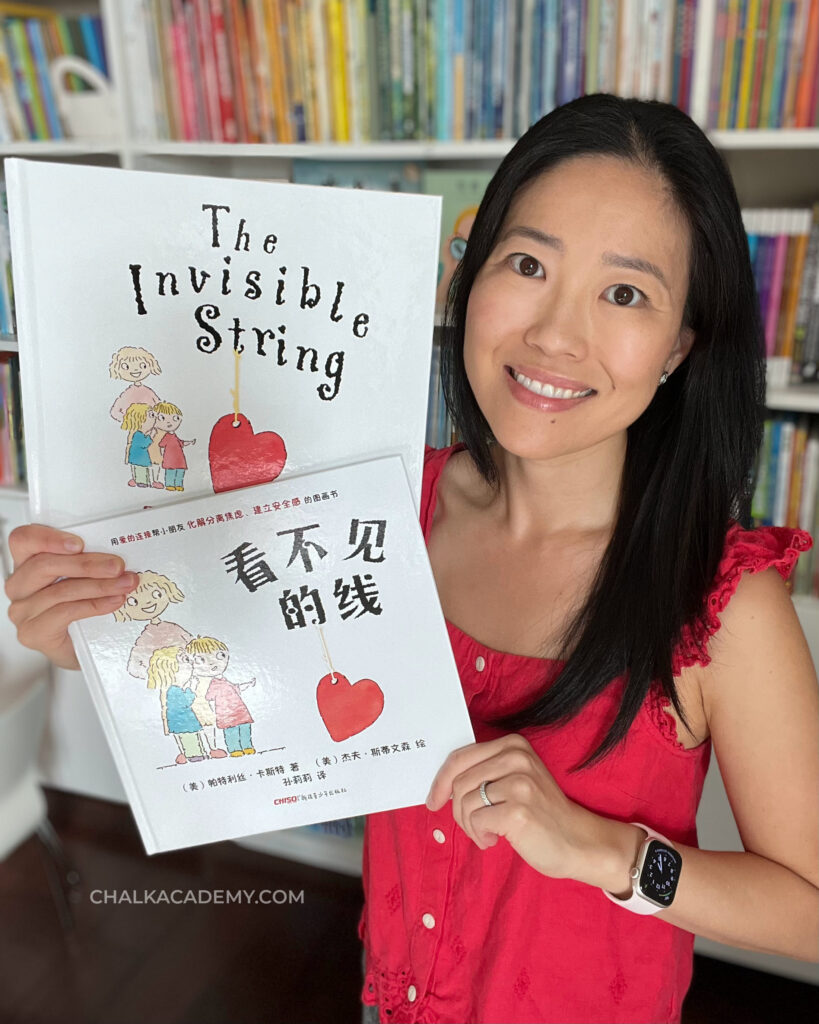
Starting school? Read books about going to school.
Has a loved one recently passed away? Read about how characters have experienced grief and bereavement in children’s books.
Books become a healthy coping mechanism for new situations and challenging emotions when you share relevant stories with children.
6. Encourage reading by gifting books
When friends and relatives ask for gift ideas, put books on the wish list! Books are the best gift for birthdays and holidays.
Why? The gift of books suggests that reading is special and important, and you want to share it with people you care about.
7. Motivate your child to read by rotating books on display
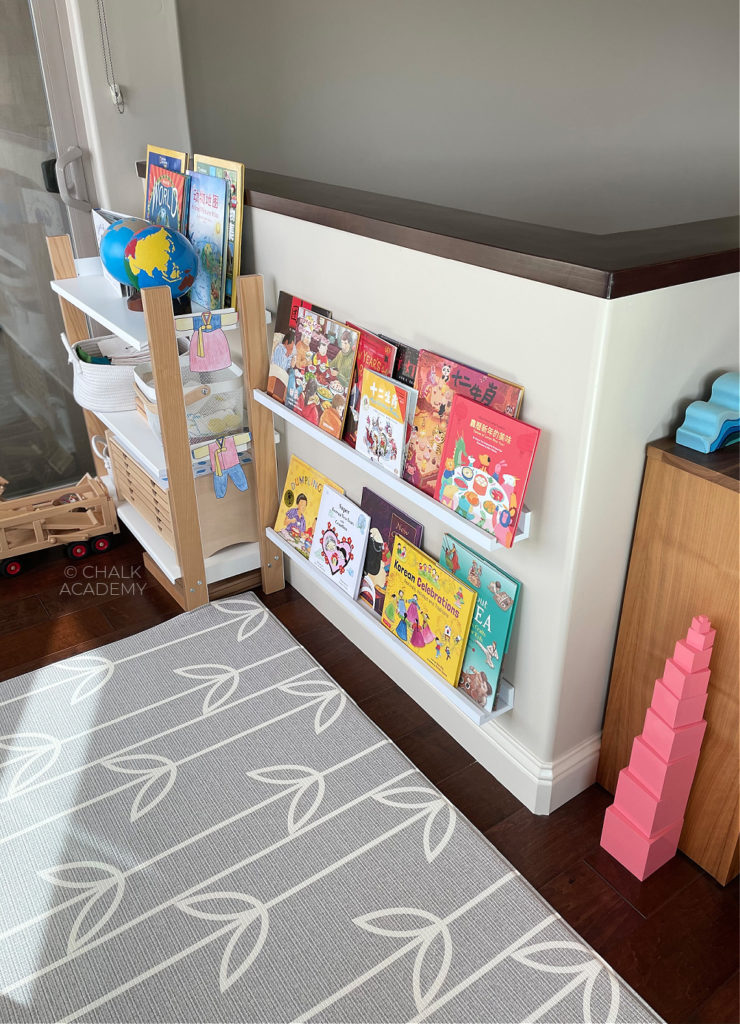
Change up your book display, especially when your child seems bored. Choose a book theme with your child or surprise them with new books on their shelf.
At the start of each year, we set out Chinese Lunar New Year books and Korean Lunar New Year books.
Of course, our kids can read these books any time of the year. But rotating your book display is a simple way to encourage kids to explore timely topics.
8. Learn new stories through audiobooks
Audiobooks are a fantastic way to get kids hooked on stories. In addition, listening to audiobooks can improve reading fluency.
These days, technology has made it easier for kids to hear stories. Free audiobook apps and websites like Ximalaya offer stories in multiple languages.
On the other hand, Luka Reading Robot is an audiobook player that can narrate stories in Mandarin Chinese and English!

9. Write big words and messages

Motivate your child to read words outside of books!
An easel is the perfect place to write big messages. Because the words are so noticeable, children learn new words when they walk by.
If you don’t have an easel, write giant words on paper and hang them on the fridge or wall.
10. Leave funny notes around the house

Surprise your children with silly notes around the house. Personalized notes can naturally motivate a child to read.
My daughter was amused by the note on this tissue box, which reads: “不要用你的袖子. 不要挖你的鼻子. (Bùyào yòng nǐ de xiùzi. Bùyào wā nǐ de bízi. / Do not use your sleeves. Do not pick your nose.)
In addition, lunch box notes can be a fun daily surprise.
11. Read signs, labels, and ingredients
Make reading relevant by pointing out words on street signs, clothing tags, and food ingredients.
When you see the same words on familiar signs, recipes, instructions, and other places, the words become familiar, too. Re-reading these words will increase confidence and comprehension.
12. Enhance pretend play with signs

Give your child chances to read outside of books, such as through signs around the home.
For example, add “name tags” on toy animals and dolls. You can add signs to your child’s pretend animal house or LEGO sets.
When my kids were little, they used a small chalkboard in our backyard for their store sign. Indoors, they kept it simple with construction paper and cardboard signs.
13. Make cards for friends and family
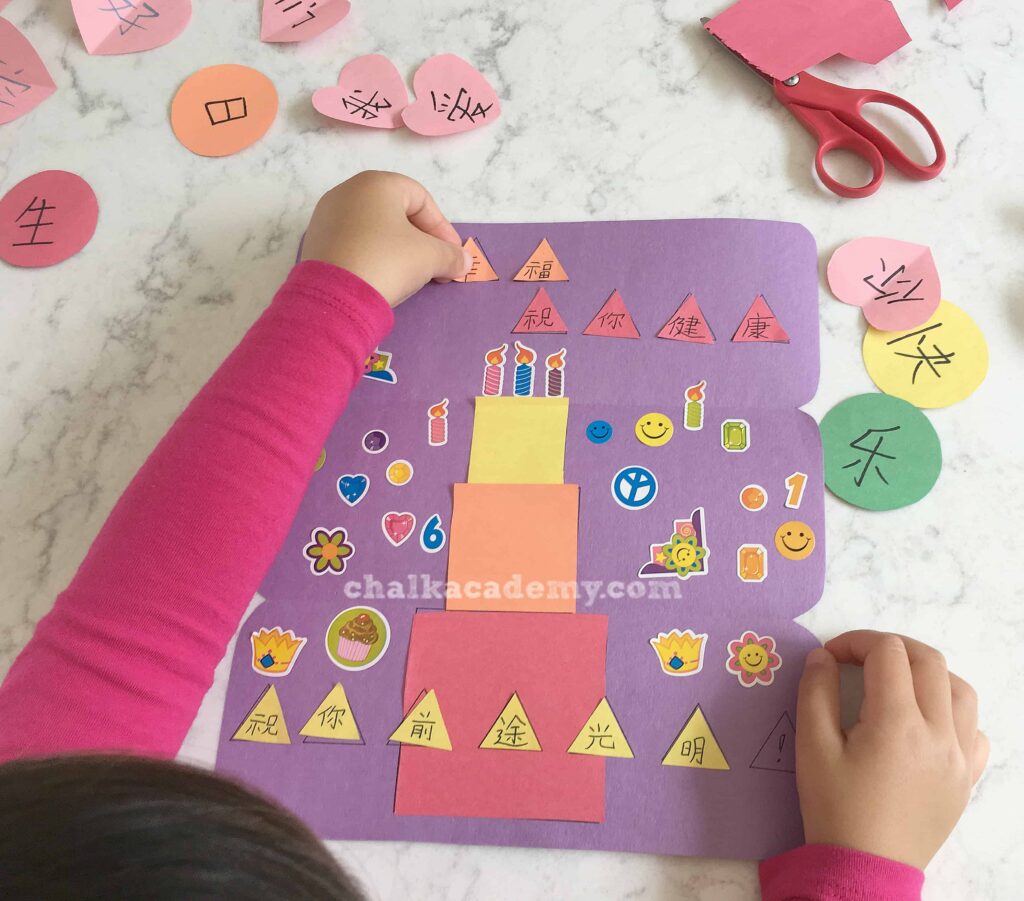
Card-making is a natural way to encourage reading and writing practice! We rarely buy cards because handmade cards are simply the best. As a bonus, children can learn to write with handmade cards for reading and writing practice.
If you need any more convincing, store-bought cards are often overpriced. Handmade cards are an easy way to save money.
14. Have fun with literacy activities
When children learn to read, simple literacy activities and games can motivate them to engage with words!
Want to play outside? Try sidewalk chalk activities for tracing and writing practice. Kids love to jump, so why not hop on words?
15. Brainstorm stories together
Invite your child to dream up stories together. Reflect and write stories about your day, or brainstorm a creative adventure! When your child has the chance to play author, they can become motivated to read books by other authors, too!
If your child prefers something hands-on, make story stones, such as these Hungry Caterpillar story stones or Chinese 石 (stone) radical words!
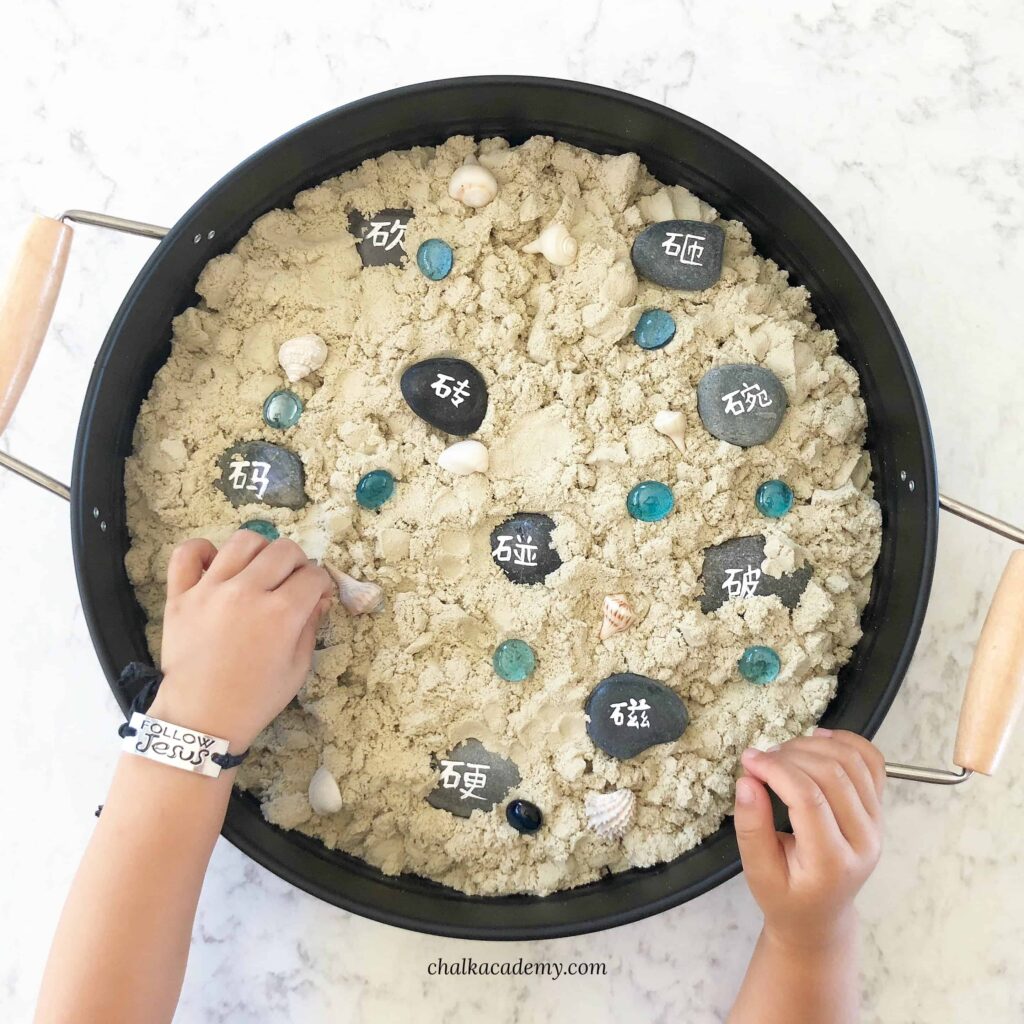
Create an environment that can naturally motivate your child to read!
In summary, kids will be more motivated to read when:
- Parents and caregivers model good reading habits.
- Books are accessible, relevant, and interesting.
- Reading opportunities outside of books are exciting.
What are your favorite ways to motivate your child to read?
I’d love to hear your ideas in the comment section below! Habits take time to form, and I sincerely hope these ideas help spark that love of reading for your child!

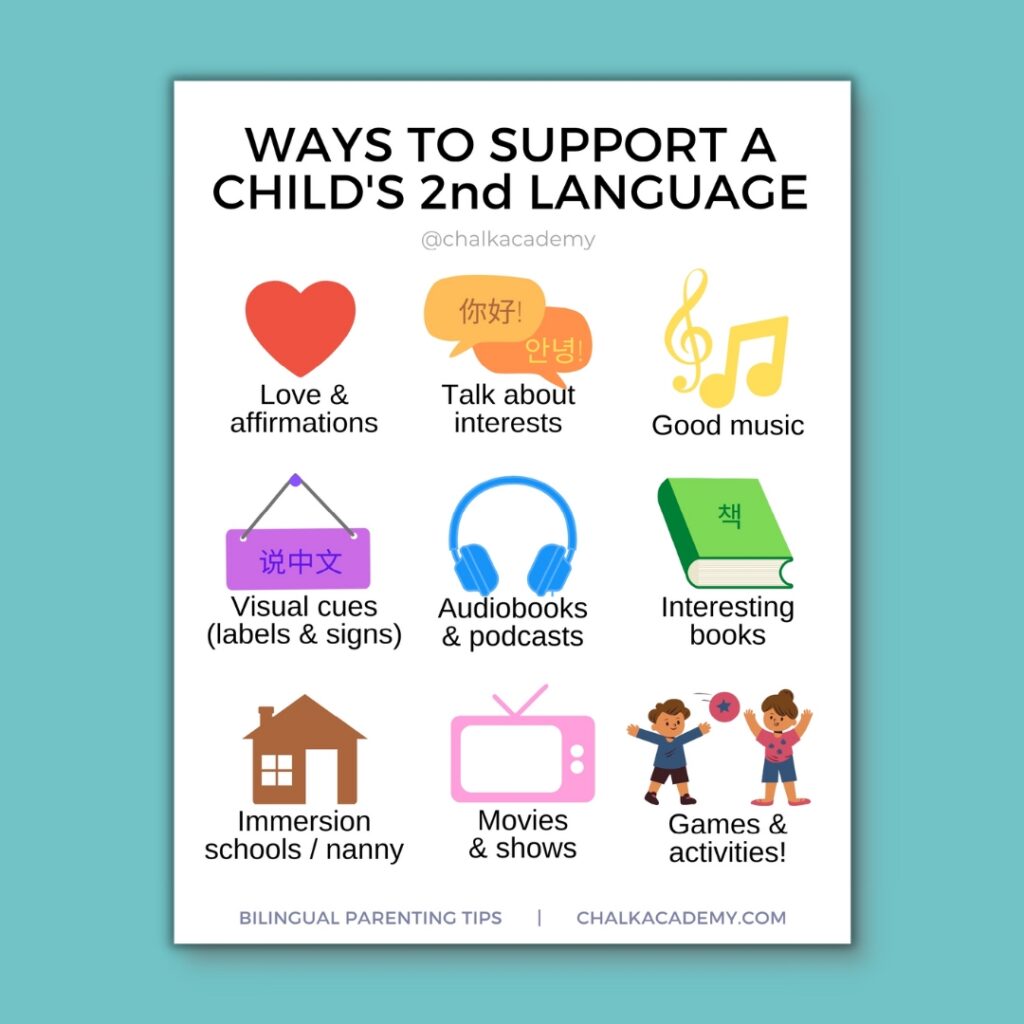

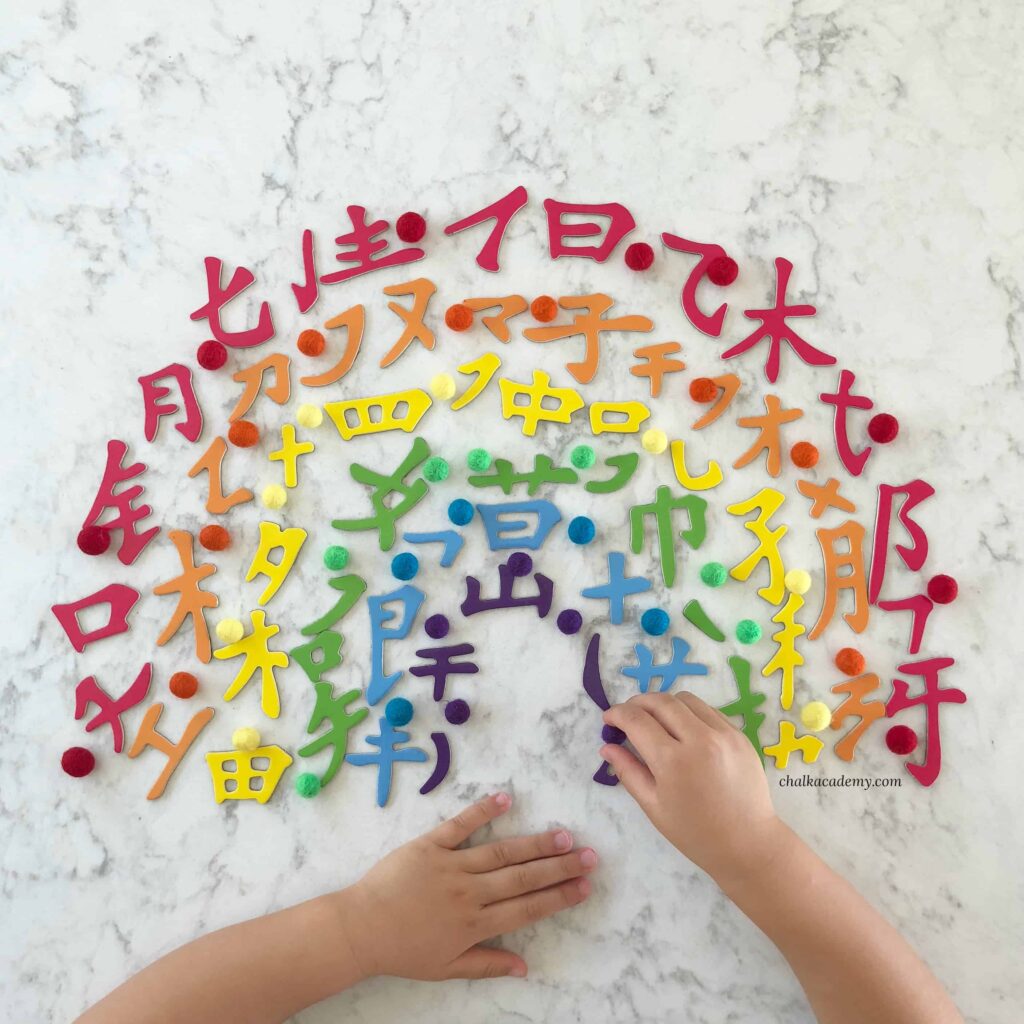
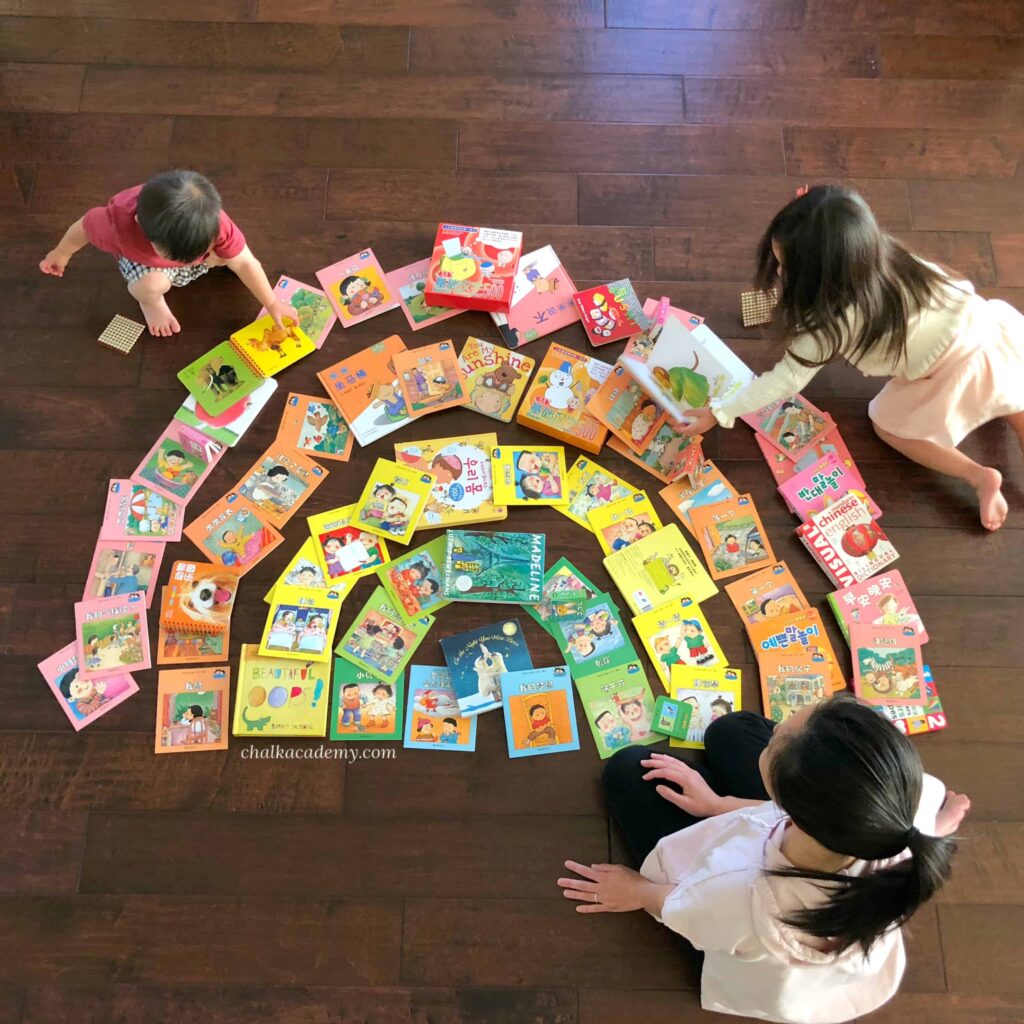
Cool ideas! Thank you! I liked the idea of reading with your kids together for at least 20 minutes a day. Kids do love routines, plus this will be a fun activity that allows families to spend more time together.
I’m an American au-pair living in Germany. German is my 3rd language. (I grew up in a Spanish-English bilingual home.) My au-pair kiddos are not big readers & Middle (8F) is a terrible speller, probably due to the fact that she hates reading so much. I did find a fun game to play that we use to help 8 & 10 w/ their English vocabulary. I pick 12 words that they both know, usually from 8’s vocab list, & they come from 2 different classes of words, like “clothes” & “colours.” 8 &10 race to sort the words out & spell them correctly. They have fun w/ it, & I’m looking for an opportunity to play it more often w/ them & their friends.
I really liked your tip on encouraging family members or friends to gift books to children and how giving books can help the child understand that reading is important and special. My sister has been struggling with getting her daughter to read at the level she is supposed to be at. I think since she is in middle school a good gift could be a supernatural fiction mystery book to possibly get her interested!
These are great tips and I’ll be putting them to use. Thank you.
Thank you for reading, and I’m so happy to hear the tips are helpful!
Love the funny notes around the house and it is so simple yet impactful when we simplify our home! I used to do pts 2,3,7 And 10. I agree all these that you do will bear much fruit years down the road! You remind me so much of my past. Such a delight to see you enjoying this nurturing stage. Blessings for the new year. Will be sharing this post of yours.
Angie Yeow
Hi Angie! I hope you are having a wonderful start to the new year. Thank you always for your thoughtful and encouraging feedback. I was a little worried about starting with #1 simplifying as it is so counter-cultural! But having less really gives more breathing room. Thank you for sharing the post.